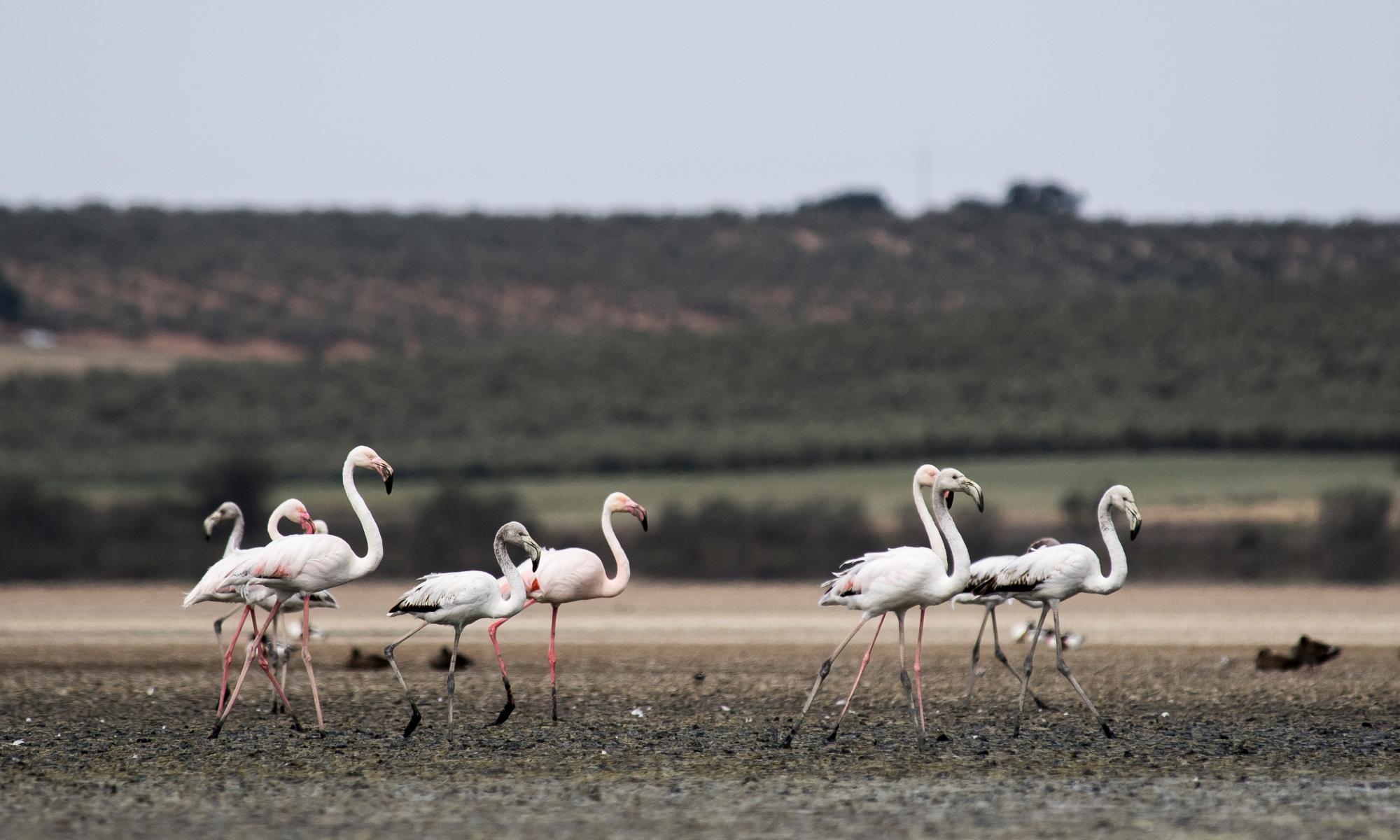Western areas of North America are continuing to suffer a significant heatwave that is threatening to break the highest global September temperature record. The global record in September is 52.2C (126F), in 1950 in Mecca, California. On 1 September this year, temperatures at Furnace Creek in Death Valley reached a scorching 51.3C (124.4F), less than a degree off the all-time record.
In the following days, several Canadian provinces’ September records were broken, including Alberta, Saskatchewan, and British Columbia. On 2 September Lytton in British Columbia reached 39.6C (103F), only 0.4C off the September record for all of Canada. Records in many other cities also fell on 2 and 3 September. The remainder of this week will stay anomalously hot, about 10C above average, with a continued threat of records falling but the heat is expected to move away eastwards later this week.
Hurricane season is finally beginning to ramp up, which mayhelp suppress the high temperatures across the western US. Since the formation of the first tropical hurricane of the 2022 season last week, Typhoon Hinnamnor, which is still affecting Japan and the Korean peninsula, more tropical disturbances have been developing.
A tropical storm (Twelve-E) off the Pacific coast of Mexico has been deepening quickly over the last 48 hours with showers and thunderstorms becoming more organised as the low deepens. Forecast models suggest there is a high likelihood of this developing into a category 1 hurricane on Tuesday, although the maximum wind strength remains uncertain. The track of this storm system is expected to follow the Mexican coast northwards towards California throughout this week, bringing stormy conditions all along western Mexico.
Through the second half of this week the storm system will affect areas around the California Baja peninsula, and even up into southern California, with a possibility of 100-200mm of rain accumulation in the space of 24 hours bringing a risk of significant flooding. From intense heat to strong flood risks, this would be a very dramatic change in weather in the course of a week for south-western states in the US.


